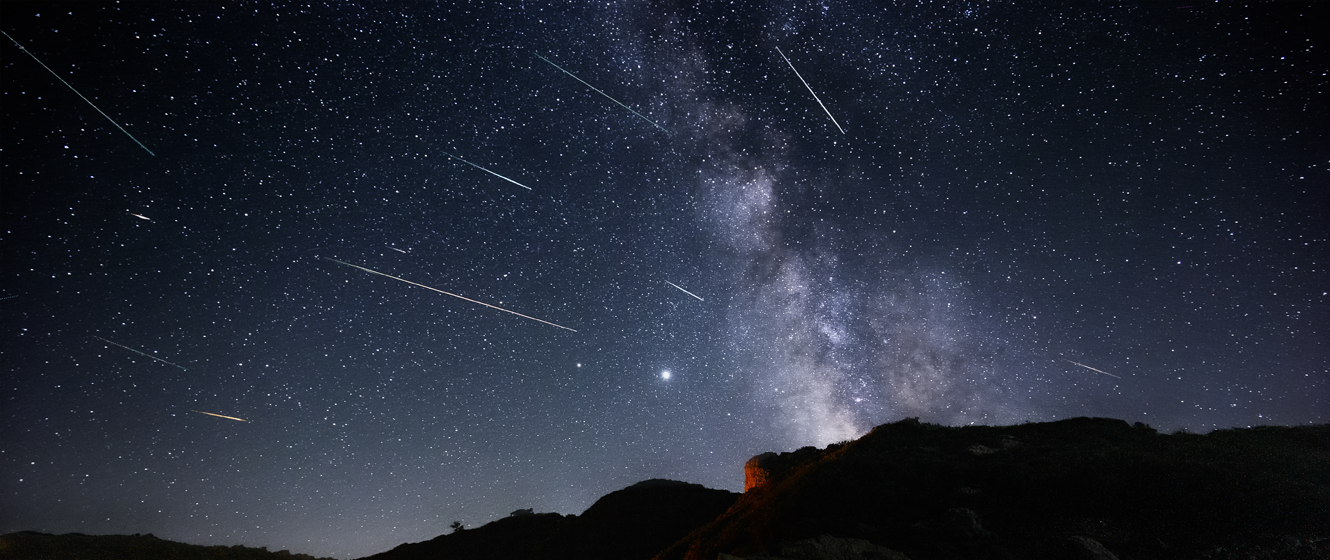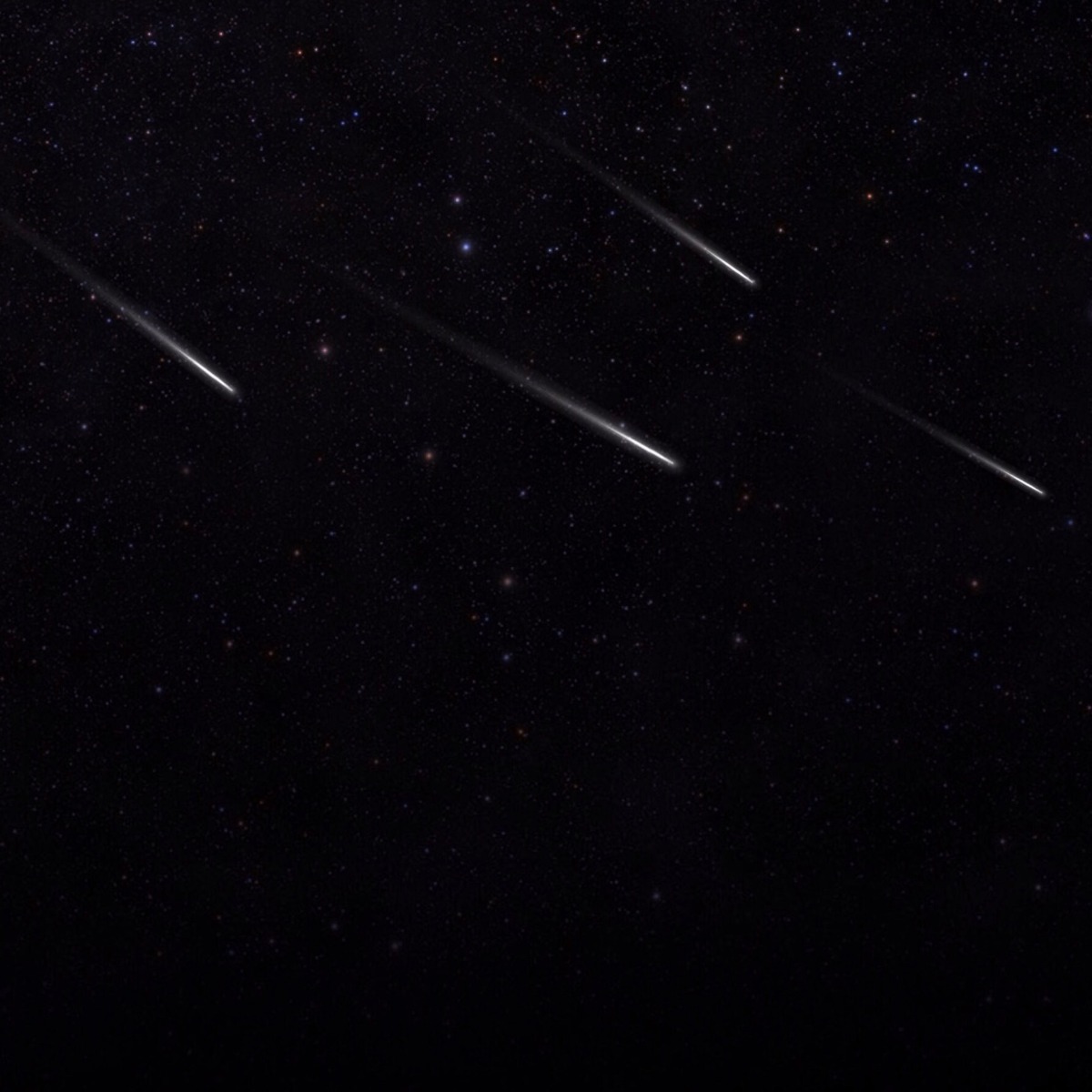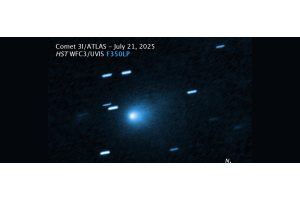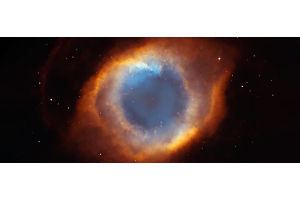meteors
Meteors are the streaks of light painting the night sky. These fleeting wonders have captured the imagination of skywatchers for centuries, turning ordinary nights into extraordinary cosmic displays. Get ready to explore the fantastic and exciting world of meteors. Discover its mystery, uncover the science that makes its dazzling light shows possible, and check out some of the most famous meteor showers that always put on a spectacular show for stargazers.

Are you curious about where those cosmic streaks come from? Meteors, or shooting stars, are like little space adventurers on a mission. They start their journey as meteoroids, tiny pieces of comets, or asteroids zooming through space. And here's the exciting part – when these meteoroids zoom into Earth's atmosphere, they light up and leave behind those mesmerizing streaks of light we see from down here. It's like a fiery light show brought to you by the universe!
The Science Behind the SparkleLet's uncover the magic behind those flashy meteor shows – it's not just random; it's some seriously cool science at play! When a meteoroid zooms into Earth's atmosphere, things get interesting. Friction with the air makes it super hot, and that heat makes the outer layer vanish into a glowing trail of ionized gas. Aerodynamic heating gives us the brightest streak. Now, if the different colors of meteors have ever wowed you, here's the scoop: it's like a cosmic paint palette up there. The colors reveal the metals in the meteoroid. Green meteors might have a dash of nickel, and the red ones could be rocking some iron. So, every meteor isn't just a streak of light; it's a storyteller about what it's made of, and it adds a unique splash of color to the vast cosmic canvas.
Meteor ShowersLet's jump into the thrilling world of meteor showers – the blockbuster events in the night sky. These cosmic shows happen when Earth strolls through a comet's leftovers. Imagine our planet cruising through an area filled with tiny comet particles, and boom! We get a meteor shower as those particles collide with our atmosphere.
Now, say hello to the meteor shower headliners – the Perseids. They steal the spotlight every August, and these meteors are like the leftover confetti from the Swift-Tuttle comet. They appear to burst out from the Perseus constellation, and people adore them for their bright and speedy streaks. It's like a celestial performance for those who love a night of stargazing. And for the night owls out there, the Geminids meteor shower in December is a real treat. It's pals with the asteroid 3200 Phaethon and is known for its vibrant colors. Picture streaks of blue, red, yellow, and green splattering across the night sky – transforming the darkness into a stunning masterpiece.
MeteoritesIt has been a puzzle to wonder what happens if the meteoroid makes it through the blazing journey in the atmosphere and lands on Earth. There goes the meteorite! These space rocks are like cool souvenirs from outer space, giving a glimpse into what our solar system is made of.
 Chasing the Cosmic Spectacle
Chasing the Cosmic Spectacle
Some preparation can make it epic if you're pumped to catch a meteor shower. Hunt down a spot far from the city lights, snag a comfy blanket or chair, and give your eyes time to get used to the dark. The real meteor magic usually kicks in after midnight, so turn it into a late-night cosmic picnic with your crew.
Meteors, with their cosmic acrobatics, nudge us to appreciate the ever-changing and jaw-dropping universe. Whether you spot a surprise meteor on a regular night or dive into the splendor of a meteor shower, these celestial shows link us to the vastness beyond our home planet.






